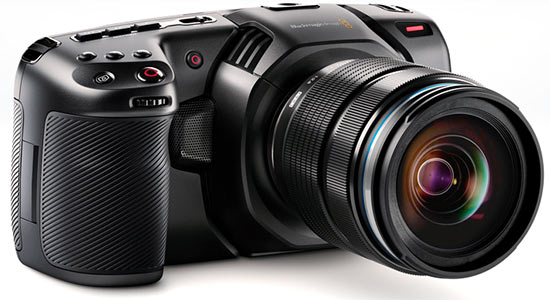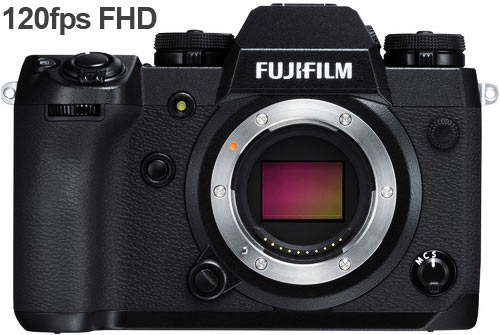Yes the BMPCC 4k looks like a DSLR crossed with a late 1990s digital camera but it’s insides are not only powerful but could also mean that you can essentially afford two units of this camera instead of a Panasonic GH5s for example and get similar quality with the added ability to shoot RAW and power an XLR microphone directly from the camera with phantom power. Bang for your buck!
As for fast frame rates the camera can shoot 4k 60fps & 120fps 1080p in full RAW or Apple ProRes codec options. We sure wished the camera could shoot 240fps in full HD and 120fps in 4k even while time limited. It would have placed the camera in a much better position on our list due to its $1,295.00 USD price tag which is really the best value for money in a camera today. Well for September 3rd which is the actual ship date which may or may not derail your purchasing plans.




